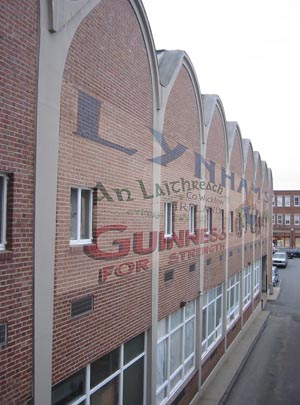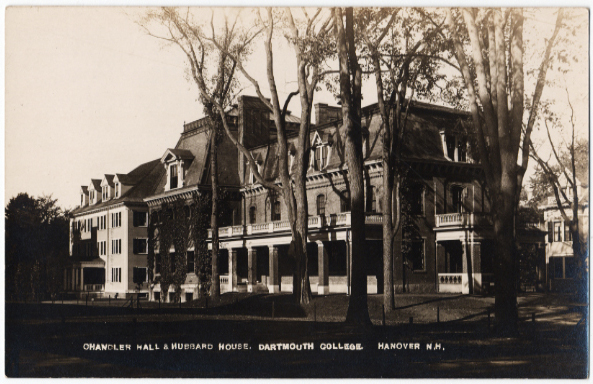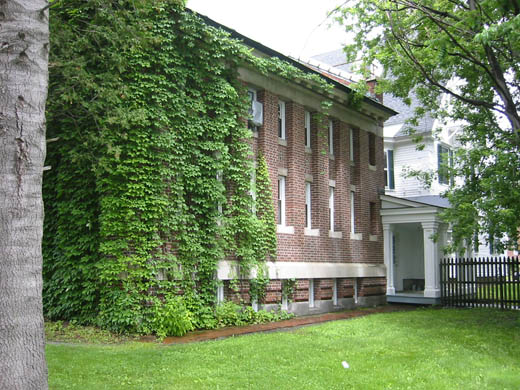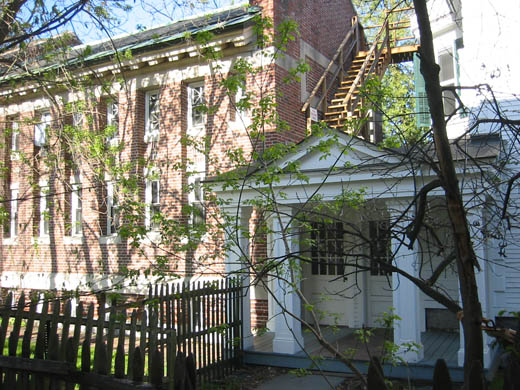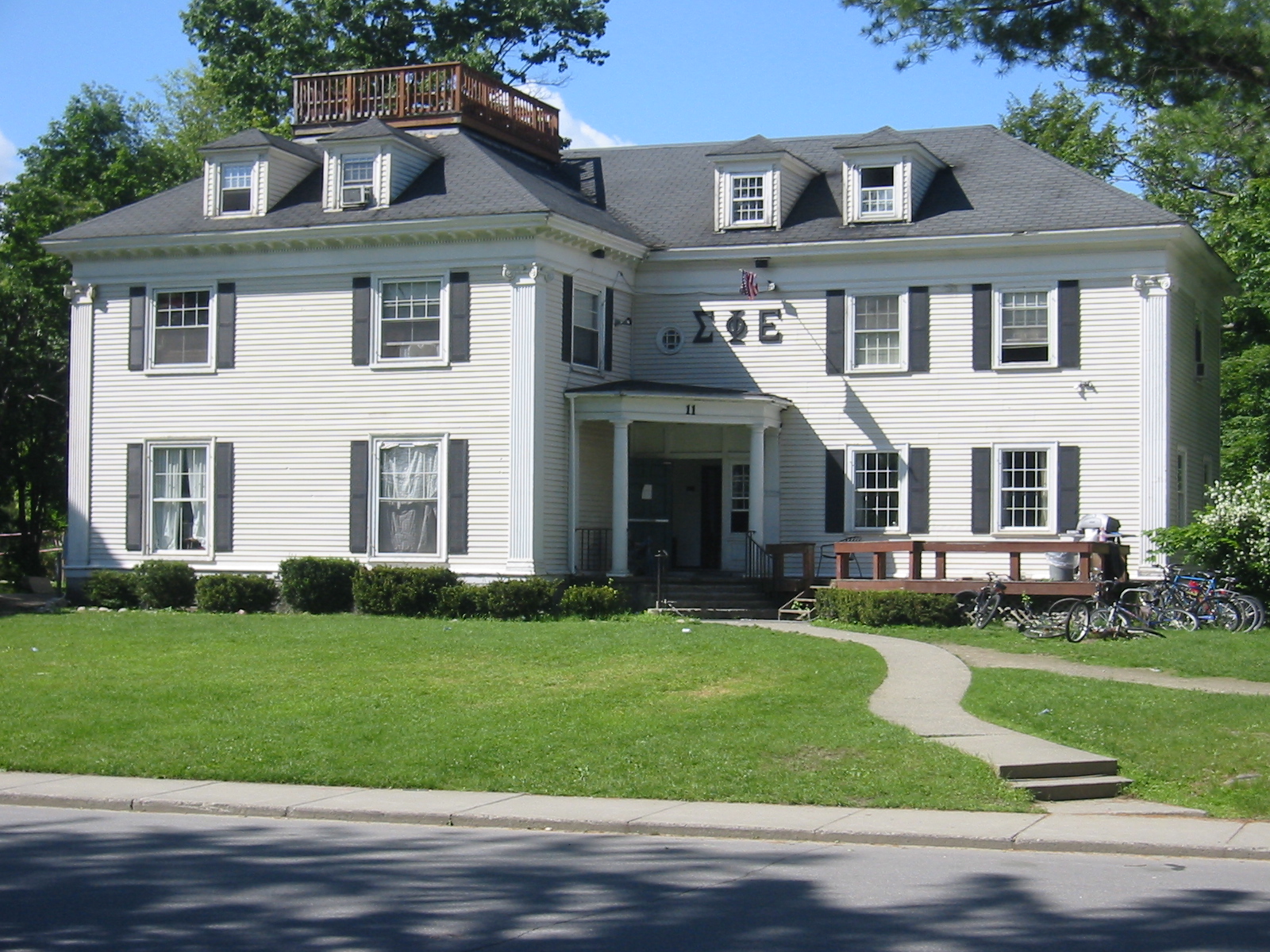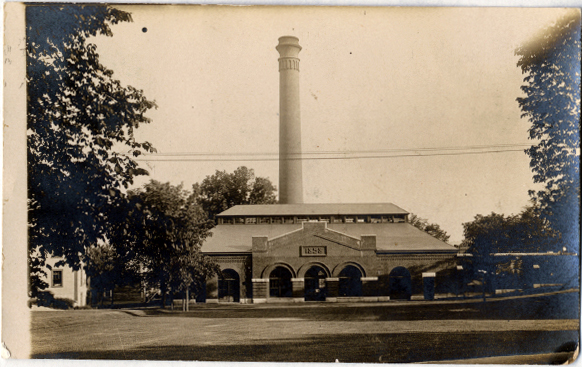Rauner has an article on a wooden-roller crib sheet crafted by a member of the class of 1893. “Cribbing” (cheating) seems to have been widely practiced and talked about in nineteenth-century colleges.
An 1873 article[1] purports to reprint an 1844 letter discussing the practice of buying from a doctor a fake certificate that would excuse a student from classes. The class histories written for Class Day refer often to cheating, such as those of 1879 (describing a student’s “elaborately-written cribs” and the help given by a nearby student during an exam)[2] and 1883.[3] Professor Edwin Bartlett wrote that an employee of the Dartmouth Hotel once confessed to have stolen exam questions from his room in the 1879-1881 period.[4] “I never should have guessed it from the papers handed in,” Bartlett wrote.
A relatively late comment on cribs appears in a 1910 essay in the Jack-O-Lantern: “They are found in meny shapes and everybuddy youses um.”[5]
Last month The Dartmouth published a three-part series on cheating.
———-
[1] “The Reprobate Sophs,” The Dartmouth 7:9 (November 1873), 361-64.
[2] Daniel Arthur Rollins, “History of the Class of Seventy-nine. Dartmouth College” (Hanover, N.H.: Dartmouth Class of 1879, 1878), 32.
[3] William White Niles, “Chronicles,” in “Exercises of Class Day at Dartmouth College, Tuesday, June 26, 1883” (Hanover, N.H.: Class of 1883, 1883), 37.
[4] Edwin J. Bartlett, A Dartmouth Book of Remembrance: Pen and Camera Sketches of Hanover and the College Before the Centennial and After (Hanover, N.H.: The Webster Press, 1922), 43.
[5] Willie [___], “Essay on Cribs,” Jack-O-Lantern 2:5 (February 1910), [n.p.].
